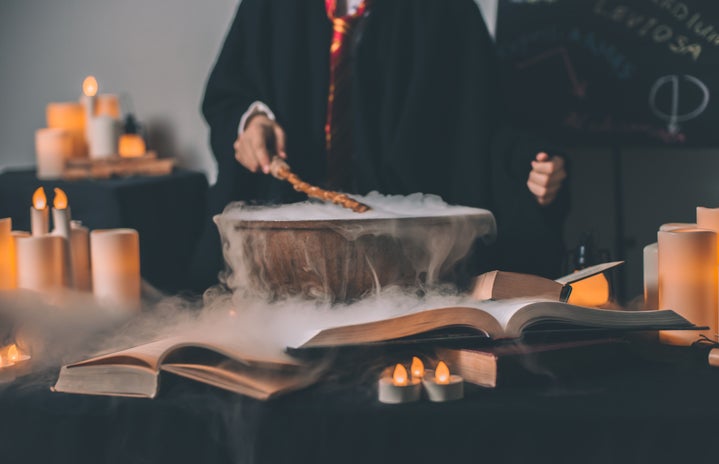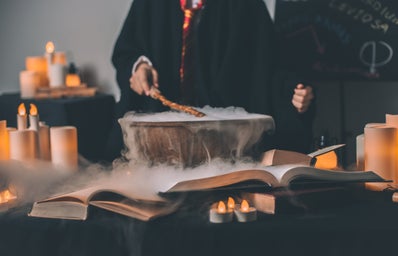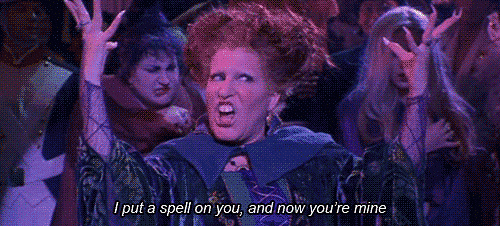Witches are something that has captivated audiences everywhere, from the most tucked-away corners of the world to the big screens and books in mainstream culture. Now we all know what a Witch is or have a general idea that Witches (in some shape or form) appear in almost every culture across time. However, do you actually know why Witches have become such an iconic symbol when it comes to Halloween and all things spooky?
Much of what the western world thinks of as Witches comes from a Christianized society, which has painted them as evil beings for thousands of years, and the European perspective on magic. When the Romans conquered the Celts (who occupied most of Europe, but around 500 A.D. became concentrated around Northwestern Europe such as what we now know as Ireland, the United Kingdom, etc.), the holiday of Samhain from a Celtic tradition started to change as what we know today as Halloween or “All Hollow’s Eve.” Samhain was a celebration of the end-of-summer and the beginning of winter, which was often associated with human death. It was believed that the boundaries between the living and the dead would be blurred, thus the ghosts of the dead were able to return, much like the current view on Halloween.The Celtic beliefs were seen as paganism, as what eventually ended up being Halloween, became interconnected with Witches and anything else that did not line up with certain monotheistic ideas. Because Witches were perceived as evil and otherworldly by Christians, they became associated with Halloween and the dead. One of the earliest records of Witches actually comes from the Bible in 1 Samuel, which is thought to have been written sometime between 931 B.C. and 721 B.C. talking about the Witch of Endor who helped King Saul to summon the dead prophet, Samuel to help him defeat the Philistine army.
Because the term “Witch” was used so carelessly throughout history many have died from either being accused of one or because there is a belief that a natural occurrence (such as disease) is caused by them. In 1486, two German Dominicans wrote a book called “Malleus Maleficarum” which translates to, “The Hammer of Witches,” and was basically a guide on how to identify, hunt, and question Witches. The writing and publication of this book led to Witch hunts becoming amplified. Most of the women being accused were single, widowed, or those perceived as outcasts to society. Between the years 1500 and 1600, some up to 80,000 people suspected as Witches were put to death in Europe alone.
While most people probably think of Witchcraft as a whole practice the reality is that there are different distinctions within. These are called white magic and black magic (dark magic), the later terms being used more than the former. White magic is typically referring to supernatural forces or spells used for a selfless purpose. Even in modern times those who practice any kind of Witchcraft still struggle with the historical stereotype that has been placed upon them. The most practiced one, Wicca, has a motto of “harm none” in which they look for a peaceful, tolerant, and balanced life that is in tune with nature and humanity. Today in places all over the world people accused of Witchcraft are still being killed, whether it is fact-based or not.
Have a Happy Halloween!
Halloween: Origins, Meaning & Traditions – HISTORY
https://www.theholidayspot.com/halloween/history.htm



